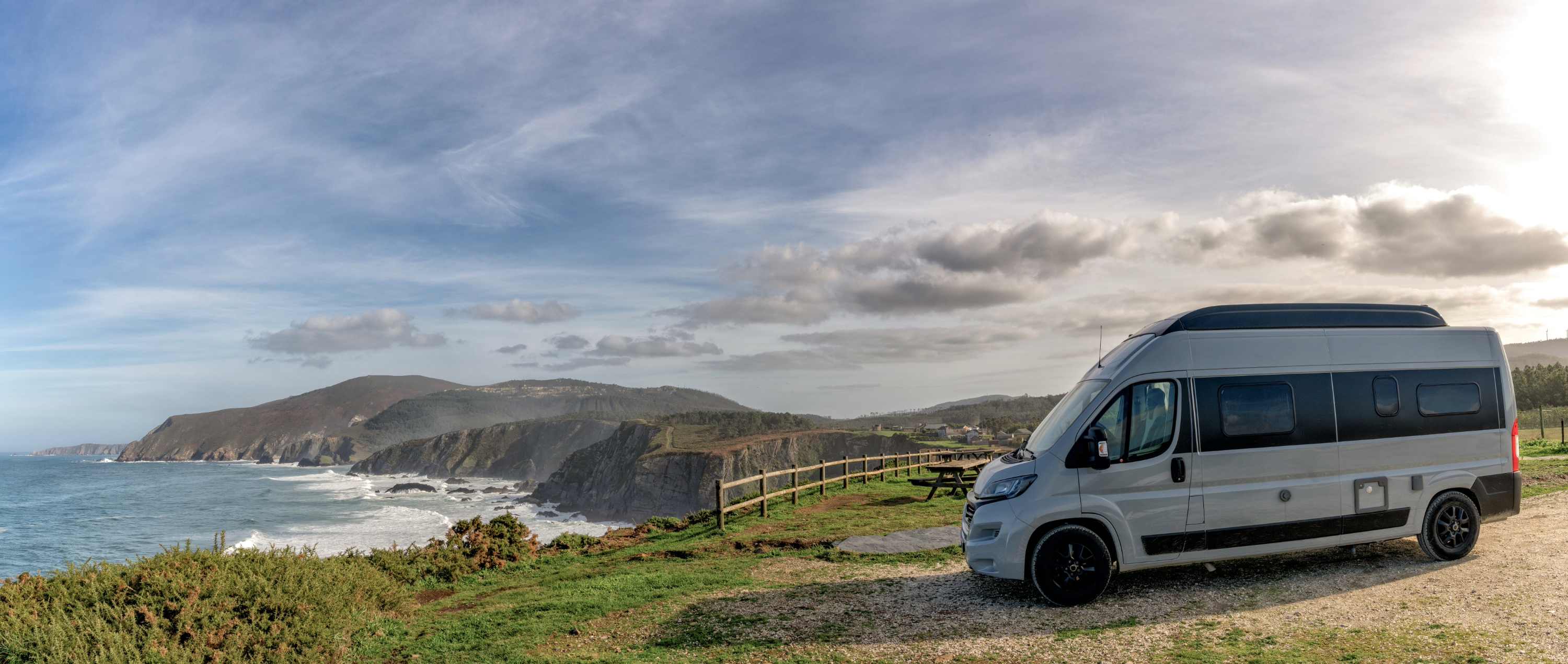When it comes to outfitting a camper van with the appropriate leisure battery, understanding the correct sizing is crucial for optimal performance and longevity. This guide aims to provide a basic overview of how to determine the right leisure battery size for your specific needs.
Understanding Leisure Batteries
Leisure batteries are designed to provide power for appliances and devices in recreational vehicles, such as camper vans. Unlike starter batteries, which deliver a quick burst of energy to start the engine, leisure batteries are built to provide a steady amount of power over an extended period. This characteristic makes them ideal for powering lights, refrigerators, and other amenities while camping.
Factors Influencing Battery Size
Several factors must be considered when determining the appropriate size of a leisure battery:
- Power Consumption - Calculate the total wattage of all devices you plan to use simultaneously. This includes lights, water pumps, refrigerators, and any other electrical appliances.
- Usage Duration - Estimate how long you will be using these devices without recharging the battery. This will help determine the total energy required.
- Battery Efficiency - Consider the efficiency rating of the battery, which typically ranges from 50% to 95%. This rating will affect the actual usable capacity of the battery.
Calculating Required Battery Capacity
To calculate the required battery capacity, follow these steps:
List all electrical devices and their wattage.
- Estimate the number of hours each device will be used per day.
- Multiply the wattage of each device by the number of hours used to find the total watt-hours (Wh) required.
- Add the total watt-hours for all devices to find the overall energy requirement.
- Divide the total watt-hours by the battery efficiency percentage to determine the required battery capacity in watt-hours.
Example Calculation
For instance, if you have the following devices:
- LED lights: 10 watts for 5 hours = 50 Wh
- Refrigerator: 50 watts for 8 hours = 400 Wh
- Water pump: 30 watts for 1 hour = 30 Wh
The total energy requirement would be:
50 Wh + 400 Wh + 30 Wh = 480 Wh
If the battery efficiency is 80%, the required battery capacity would be:
480 Wh / 0.80 = 600 Wh
Choosing the Right Battery Type
Once the required capacity is determined, the next step is to select the appropriate type of leisure battery. Common types include:
- Lead-Acid Batteries: These are the most traditional option, offering a lower initial cost but having a shorter lifespan.
- AGM Batteries: Absorbent Glass Mat batteries are sealed and maintenance-free, providing better performance and longevity compared to traditional lead-acid batteries.
- Lithium-Ion Batteries: These batteries are lightweight, have a longer lifespan, and can be discharged more deeply without damage, making them an increasingly popular choice despite a higher upfront cost.
Final Considerations
In conclusion, correctly sizing a leisure battery for your camper van involves a thorough understanding of your power needs, the efficiency of the battery, and the type of battery that best suits your requirements. By following the outlined steps and considerations, you can ensure that your leisure battery will meet your energy demands effectively and efficiently.


